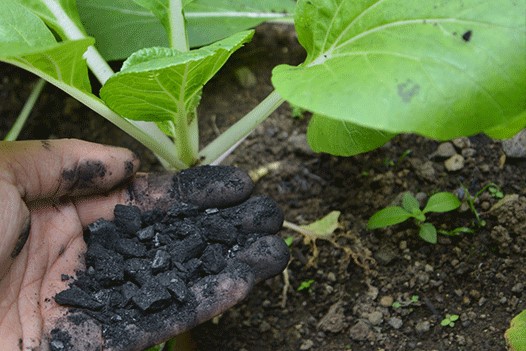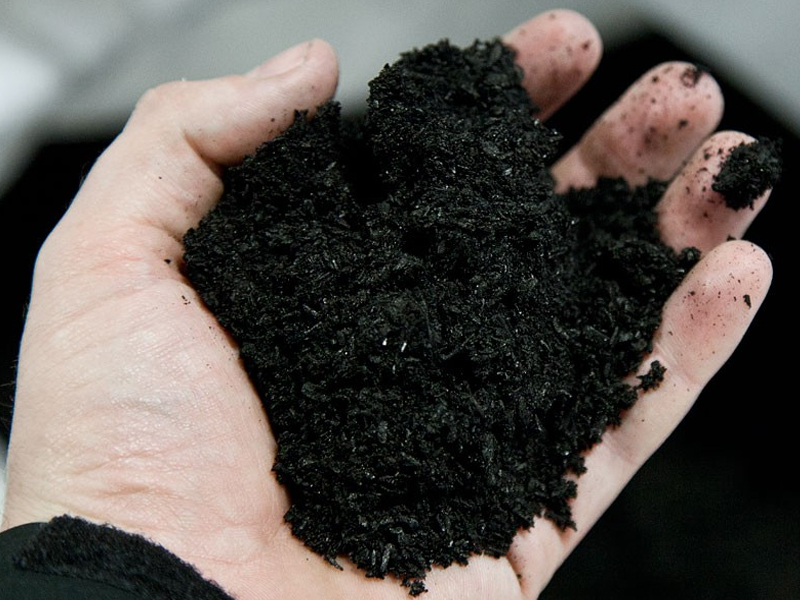Products
How to get carbon negative energy from biomass. Manufacturer of biomass equipment
A significant opportunity to generate reliable electricity while capturing and sequestering carbon dioxide (CO2) from the atmosphere has emerged and can be realized on a global scale. A larger system is possible thanks to the combination of four key technologies: biomass or fossil fuel energy generation with carbon capture, direct air capture (DAC), energy storage and renewable energy. Taken together, these technologies can provide reliable electricity to the grid while generating significant negative carbon emissions. In addition to scaling up renewables, this will help transform the hydrocarbon-based energy sector to a low-carbon economy. If implemented worldwide, this approach could reduce carbon emissions by billions of tons per year while creating more economic opportunities.
Compared to using fossil fuels, electricity generation from biomass has a larger negative carbon footprint because biomass is already carbon neutral. Also, while generating electricity from biomass, another valuable product can be produced: biochar
MỤC LỤC
How to get carbon negative energy from biomass
There are now several commercial scale systems that produce both energy and biochar. Biochar is some of the energy released by biomass. Biochar has many uses, including significantly improving soil capacity for crops.
Since producing biochar from biomass and putting it in the soil is an internationally recognized method of removing carbon from the atmosphere, there is a lot of money to make this biochar. Even more beneficial than creating biochar is combining it with nutrients and using it through the soil.
For example, a 2019 study found that a combination of biochar and compost significantly increased average crop yields – by 40% compared to a control with no biochar compost.

Many companies have committed to achieving the netless goal over the next few decades. For example, more than 200 companies have committed to net zero emissions by 2040, and 21% of the world’s 2,000 largest related listed companies, with nearly $14 trillion in revenue (89 trillion yuan), has now committed to achieving this by 2050 Net zero emissions.
Companies will purchase carbon credits to meet their respective commitments. As a result, demand for these credits is expected to grow rapidly, which could generate significant revenue for the companies implementing these credits with carbon capture and storage ( CCS).
In addition to being stored underground, CO2 captured through industrial carbon capture and DAC can be used in a variety of ways, including agriculture, soil enhancement, and methanol production.
The rapid growth in carbon use offers significant economic opportunities for the development of local industries and expansion of international markets and commercial opportunities. The US carbon use market is estimated to reach $800 billion to $1.1 trillion (yuan 5.1 trillion to RMB 7 trillion) by 2030, making it a lucrative component of the process. energy conversion.
As reliable sources of CO2 become available around the world, their use can be expected to increase.
By incorporating renewable energy sources such as wind and solar into the technology mix, it provides an inexhaustible and cost-effective source of energy, while creating new jobs and economic opportunities.
Combining renewable energy production and storage with carbon capture and DACs can provide reliable power to the grid even when wind and solar farms do not produce enough electricity for days in a row. customary. The DAC system helps here, as it can be turned off or on as needed to allow more power to be supplied to the grid. It also helps to maximize the use of available electricity, thereby increasing the profitability of the facility.
While the cost of a DAC is currently quite high, it is expected to decrease rapidly. For example, Iceland’s Climeworks reportedly costs between $600 and $800 (3,822 yuan to 5,096 yuan) to capture and store a ton of carbon dioxide at its new facility.

Several other companies are currently developing DAC technology, some of which say they can capture carbon dioxide for less than $100 per ton when their respective technologies are deployed on a commercial scale. commercial.
Facilities capable of long-term carbon storage are growing rapidly, and now the availability of climate finance (such as carbon technology funding) is increasing. This, combined with the technologies outlined above, has created many new business opportunities on a global scale that can dramatically reduce global carbon emissions, while creating jobs and boosting economic growth. economic.
An important feature of this technology category is that it is not dependent on the technology of any one company. Therefore, there are many options for implementing this combination of technologies, and can and should choose their best option.
Proactively collaborating with these relevant engineering communities to develop projects and get funding available can further accelerate collaboration. This will lead to faster development and scaling up of technologies to reduce carbon emissions.
Manufacturer of biomass equipment
There are many sources of funding available to accelerate technology development and scale, such as venture capital, government funding and related incentives, private funding, crowdfunding, and other sources of funding. loan amount.
To help companies secure construction funding, online platforms like Puro-Earth facilitate completion of facility capture and carbon capture. Moreover, in order to invest in these large projects more attractive to investors,
One of the easiest and most profitable ways to benefit from this combination of technologies is to upgrade existing biomass thermal power plants. These plants already have hubs for biomass sources, material handling equipment and power generation.
Existing biomass thermal power plants can be upgraded with new processing equipment so that they can produce biochar and more electricity by combining them with renewable power plants and energy storage.
When it makes economic sense, carbon capture, hydrogen production and DAC can be put into one facility. The end result for existing biomass-fired power plant operators is greater profits, large negative carbon emissions and helping to create a more sustainable world for all of us.
Contact method to order GREEN MECH products
For detailed advice about in website: https://kynghexanh.com.vn/ tablet press , please contact Hotline (Zalo): +84 935.940.886 or call center: +84 94.110.8888 for support.



